Nutrition for Health, Fitness and Sports 11th Edition by Melvin Williams – Test Bank
Chapter 06 Test Bank
Student:
1. All of the following are true physiological functions exhibited by protein EXCEPT A. it forms the structural basis of muscle tissue.
B. it is the major component of most enzymes in the muscle. C. it is the major energy source during exercise.
D. All of the answers are correct.
2. The essential element in protein that is not possessed by either carbohydrate or fat is
A. carbon.
B. hydrogen. C. oxygen.
D. nitrogen.
3. Which of the following statements comparing animal and plant protein is INCORRECT?
A. All natural, unprocessed animal and plant foods contain all twenty amino acids
B. Animal protein is considered to be a complete or high–quality protein
C Proteins usually exist in smaller concentrations in plant foods, thus the quality of amino acids found in
. plants is inferior to those obtained from animals
D. Most plant proteins have insufficient amounts of one or more of the essential amino acids
4. The protein isolated from which of the following plant foods is most comparable to animal protein?
A. Oats B. Wheat C. Peas
D. Soybeans
5. If daily dietary protein is obtained with a mixture of animal and plant foods, a ratio of animal to plant protein of would be similar to the use of animal protein alone.
A. 40:60
B. 30:70
C. 20:80
D. 10:90
6. Because the human body cannot store excess nitrogen,
A. deamination removes it from the amino acid, leaving a substrate known as acetyl CoA. B.ammonia is formed from the excess nitrogen and the liver converts it into urea, which is eventually
eliminated by the kidneys.
C. the possible energy content of excess amino acids is wasted. D. All of the answers are correct.
7. When considering the functions of protein in human nutrition, which of the following is true?
A. The branched–chain amino acids constitute a significant amount of muscle tissue
B. The potential energy contained in protein can not be used in the human body
C. Protein is a major energy source for humans at rest
D. Tissue building takes precedence over energy production during periods of semistarvation
8. Research suggests that protein may be a significant source of energy during
A. strenuous weight training and accounts for up to 15 percent of the total energy cost. B. brief sessions of high–intensity exercise.
C.the latter stage of prolonged endurance exercise, when protein could contribute up to 15 percent of the
total energy cost.
D. times when the body stores of glycogen and glucose are adequate.
9. Which of the following statements concerning protein metabolism and exercise is NOT true?
A. Weight training promotes synthesis of the contractile muscle proteins
B The effect of training in producing a positive protein balance during the recovery period depends on an
. adequate supply of protein and Calories
C. Aerobic exercise stimulates synthesis of oxidative and mitochondria enzymes
D. After exercise, protein balance is at the very most maintained, but is usually negative
10. A general recommendation for daily caloric intake for protein is percent.
A. 9–10
B. 12–15
C. 15–20
D. 20–25
11. The recommended protein intake for an individual trying to gain muscle mass through strength training is
grams of protein per kilogram body weight. A. 1.6–1.7
B. 1.2–1.4
C. 1.0–0.8
D. 0.5–0.7
12. Scientific research has shown that individual amino acid supplements may
A. induce the formation of certain chemicals in the brain needed for nerve impulse transmission.
B. lead to nutritional imbalances, as an overload of one amino acid may inhibit the absorption of others into the body.
C. induce the secretion of hormones. D. All answers are correct.
13. Which of the following is true when discussing the possible ergogenic effect of specific amino acids?
A. Arginine, lysine, and ornithine have been shown to enhance muscular development and strength
B. Tryptophan appears to be ergogenic in short-term exercise tasks
CAlthough some early research indicated BCAA supplementation improved performance in marathon
. running performance of “slower” runners, most subsequent research it is not an effective ergogenic aid
D Most scientific research supports the fact that glutamine supplementation enhances immune function
. during intense, prolonged training
14. When discussing the possible ergogenic effect of specific amino acids, which statement is FALSE?
A. Inosine supplementation does not have an ergogenic effect on aerobic endurance performance. B.Glycine is involved in the formation of phosphocreatine and has been recently shown to positively
affect physical performance.
C.Creatine supplementation has improved performance in very-high–intensity exercise endeavors, those lasting less than 30 seconds.
DAn increased blood level of free fatty acids and a decreased level of blood ammonia have been reported
. in some early and contemporary studies involving aspartates.
15. Research involving creatine supplementation has shown it to have a positive ergogenic effect on all but which of the following?
A. Gains in either total body mass or lean body mass
B. Energy metabolism when treadmill running at 50–90 percent of VO2 max
C. Anaerobic endurance tests such as running performance in 300 meters
D. Tasks characterized by repetitive high–intensity exercise bouts with brief recovery periods
16. The consumption of individual amino acids
A. may lead to an increase in appetite.
B. may interfere with the absorption of other essential amino acids.
C. may lead to a cardiopulmonary disorder known as eosinophilia–myalgia syndrome. D. is recommended as safe by the FDA.


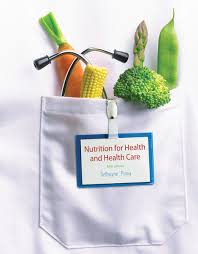
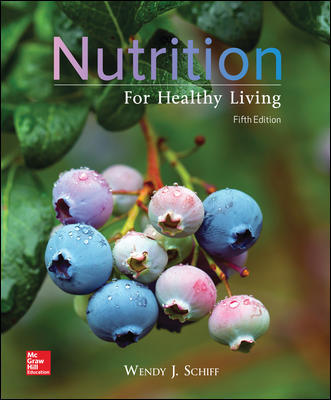


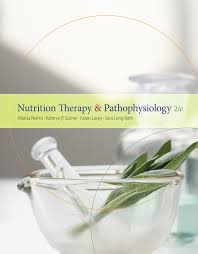
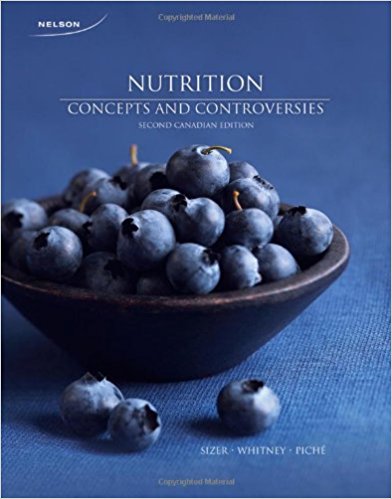

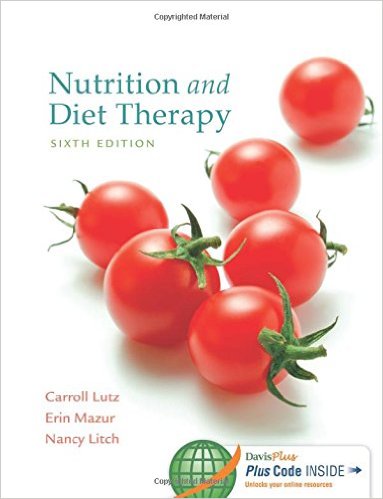
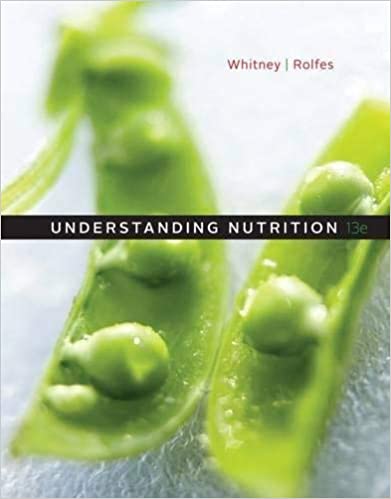


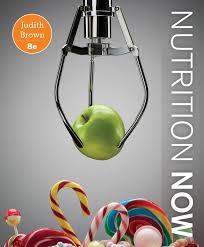
Reviews
There are no reviews yet.